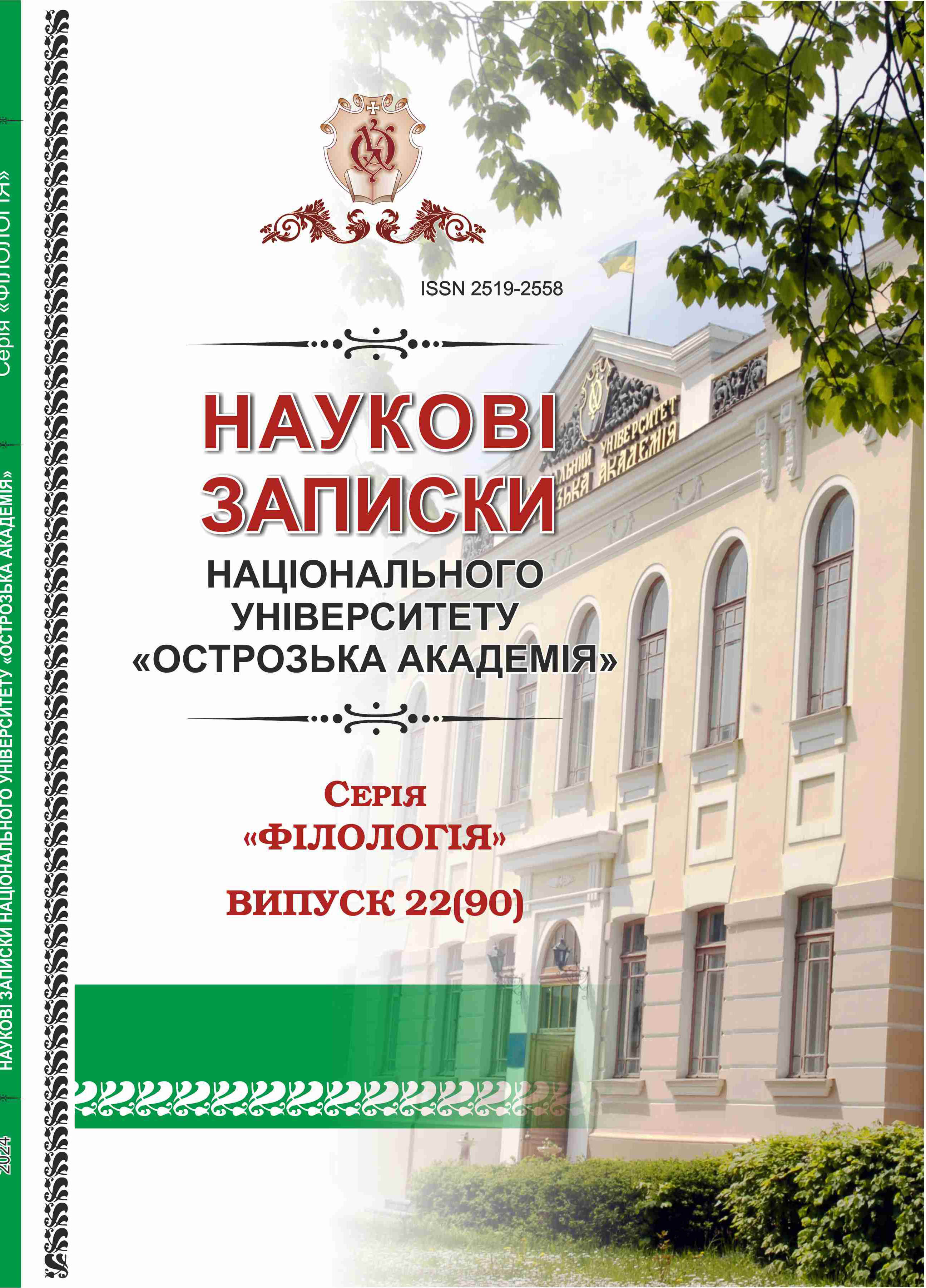TOPOS OF THE HOUSE IN THE INTERPRETATION OF HRYHORIІ SKOVORODA
Keywords:
the topos of the house, Hryhoriі Skovoroda, text, context, interpretation, image, symbolAbstract
The article is devoted to the analysis of the interpretation of the topos of the house in the works of Hryhoriі Skovoroda. The object of the study is the writer’s treatises, poems, and letters. It is emphasized that the house in the philosopher’s understanding is a polysemantic concept that combines real and ideal components.
The realistic vision of the topos of the house, represented in the author’s epistolary, is highlighted. The iconic dominants that form it are singled out. It is noted that in the works of H. Skovoroda there are no descriptions of the interior of the premises because, for the artist, a home is not a specific geographical locus, but a universal concept that embodies cultural-philosophical and spiritual-axiological semantics. It was analyzed that in the writer’s texts, the spatial vision of the house is represented by five main components: a small house (cell), the Bible, solitude, peace, and nature.
It is emphasized that in the author’s works of art, home is primarily an ideal concept, an image-symbol that serves to implement worldview ideas, primarily the idea of self-knowledge. For H. Skovoroda, home is the person himself, his soul, heart. In this sense, the topos of the house correlates with the topos of the temple. A home is also a garden (a space of peace and harmony), and a Bible (the basis of a world of values). To outline the symbolic semantics of the topos of the house, the writer often uses biblical allusions, but creatively interprets them.
It is summarized that a home in the understanding of H. Skovoroda is not only a dwelling but a broad concept that combines real and ideal components, a spatial image, and its symbolic connotations.

